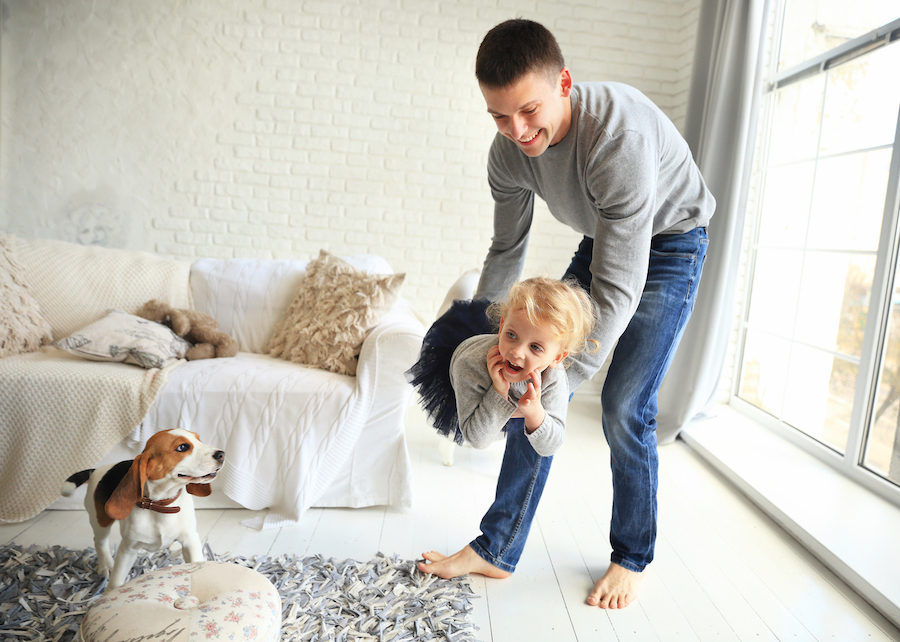Choosing to adopt is probably the biggest decision you’ll ever make. But stick with the steps and legalities and at the end of the process you’ll get something amazing – a child to bring up as your own. There is a reason behind the saying “being a mom is the best job in the world” – because it is.
And whether you are unable to have your own child or are already a mom, adoption is a fantastic way to allow all the women in the world who want to be a mom to be one.
Adoption gets bad press for being a long and tricky process. That’s only because adopting is such a life-changing event for you and the child, everyone wants to make sure it’s done right.
Luckily there are organizations and services to support and advise.
Who Can Adopt a Child?
There are only a few restrictions as to who can adopt. You must be over 21 but there’s no upper age limit and your marital status is unimportant. ‘You need the physical and emotional energy to care for a child,’ explains Elaine Dibben, adoption development consultant at the National Adoption Association. ‘Should you have a criminal record, your offenses will be carefully looked into but, apart from offenses against children, this will not necessarily rule you out.’
The Adoption Process
Start by visiting an adoption agency where, once your registration is accepted, the first stage of the adoption process will start. This usually takes about two months.
‘At this point you will have all the first checks – police checks, a check with the local social services department to identify any previous contact with them and a health check,’ explains Elaine. ‘You’ll need to provide references from friends and a family member.’
If no concerns crop up, you’ll move to the next stage – a full assessment that takes around four months and involves more training. ‘You’ll be visited by a social worker who will discuss the responsibilities of being the parent of an adopted child,’ says Elaine.
Once you get through that assessment, you’ll meet the agency’s adoption panel who’ll consider everything and recommend whether or not you should be approved as adopters.
Who Decides Which Child is Matched to You?
Both you and your social worker will decide which child is the best fit for you. This will take into account everything from personality to how accepting your family are of the child. ‘You may be invited to event where you can see profiles of children and meet with their social workers to talk about them informally,’ says Elaine.
Once you or your social worker have identified possible children to adopt, you’ll both discuss whether this is the right place for the child and the right match for you.
‘It would be very unusual for a match to be turned down at the adoption panel or by the decision maker of the adoption agency as significant thought and discussion would have taken place by this time,’ says Elaine.
‘But it would probably reflect significant concerns about the prospective adopters being able to meet the child’s short term or longer term needs.’
Ages of Children up for Adoption
There are a small percentage of babies given up for adoption at birth and lots of young children aged between one and four who are looked after by foster carers before being adopted.
‘The government is encouraging local authorities to use a new system called “Fostering for Adoption”,’ says Elaine. ‘This is for children who probably won’t return to their birth families. Approved adopters will foster the child while all legal decisions are made, so that the child can settle in earlier.’
Can the Child’s Birth Parents Remain Involved?
This is undoubtedly a sensitive area and it all stems down to what’s right for the child.
‘The most usual form of contact would be an exchange of letters between the adoptive parents and birth parents once a year,’ says Elaine. ‘This is so the child can continue to have an understanding of their birth family as they get older and ask more questions.’
To find out more about adopting a child, including the costs, legalities and process in general, visit http://www.adopt.org/

